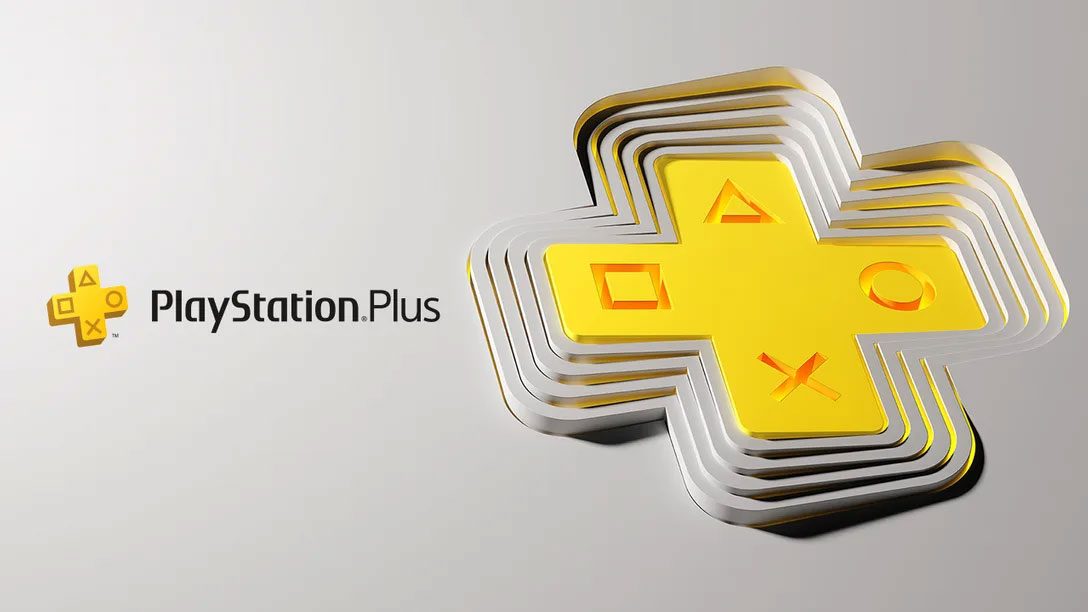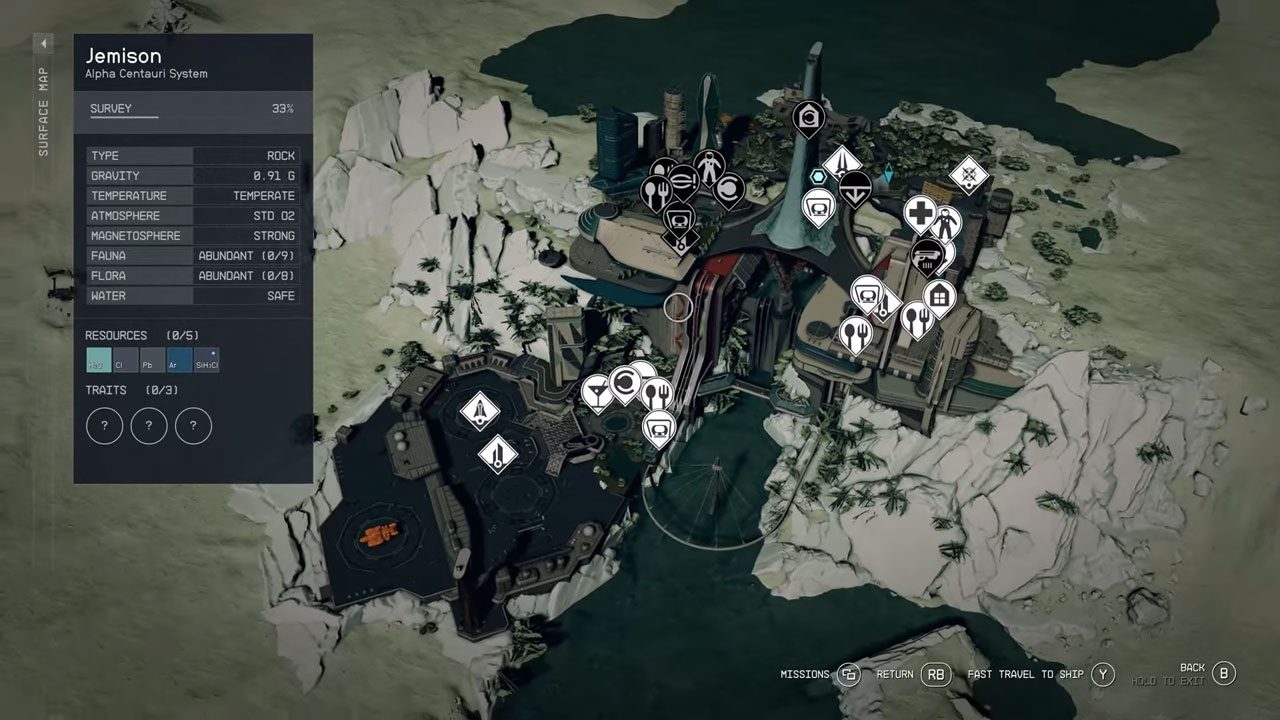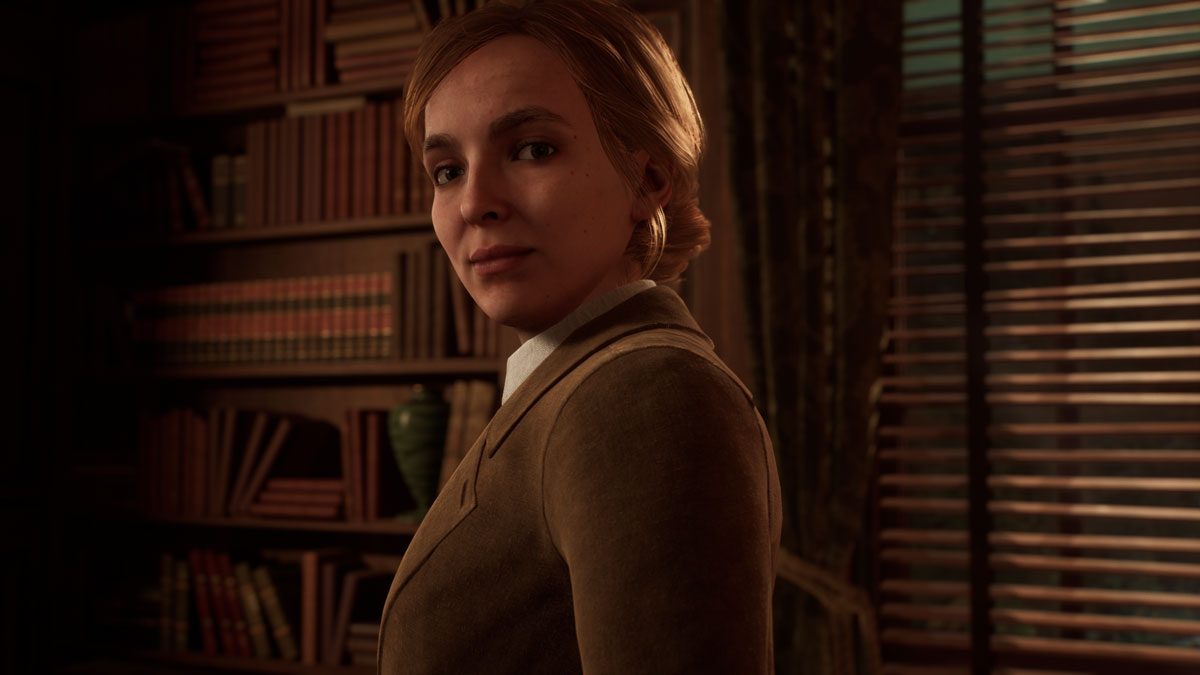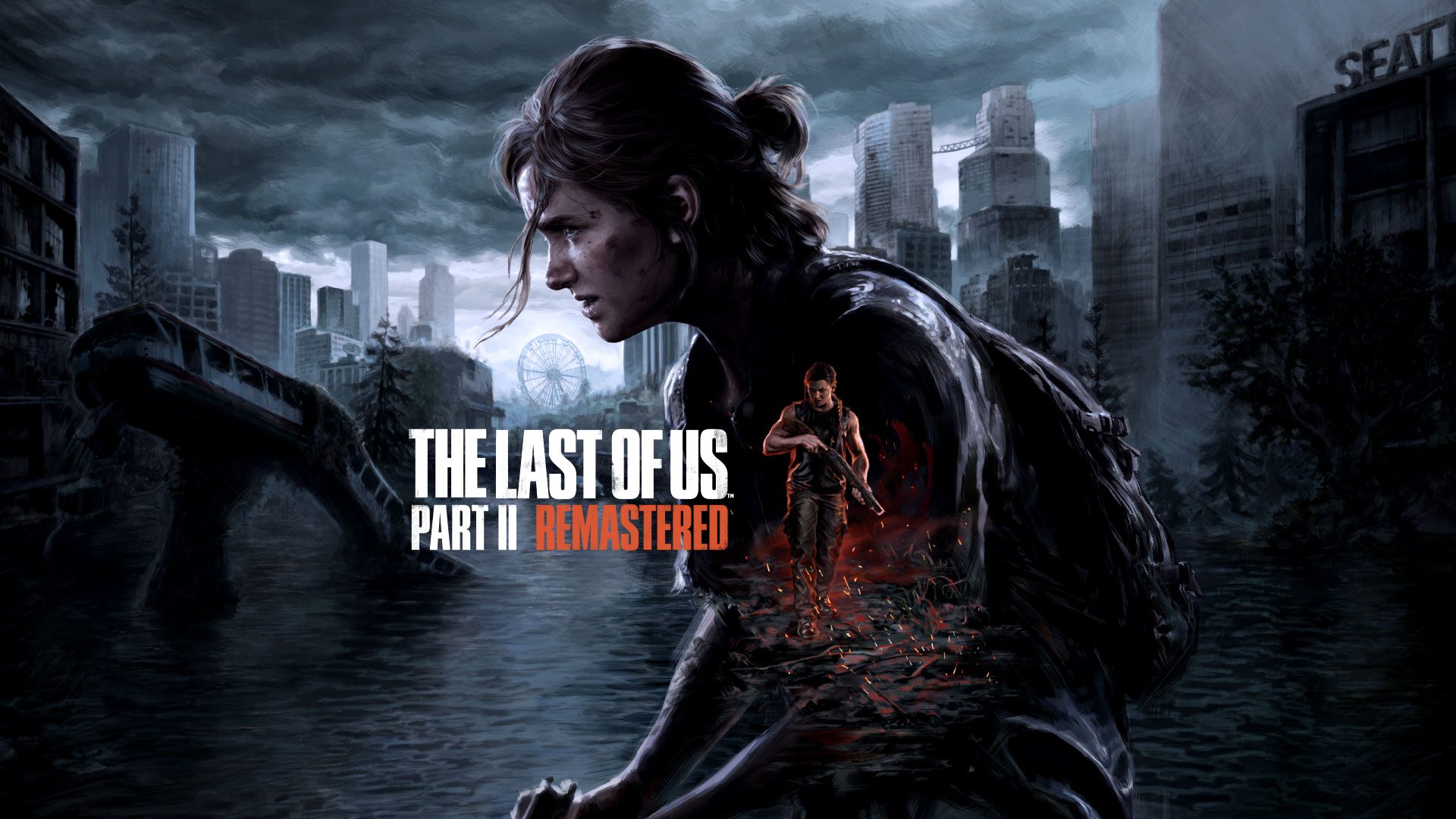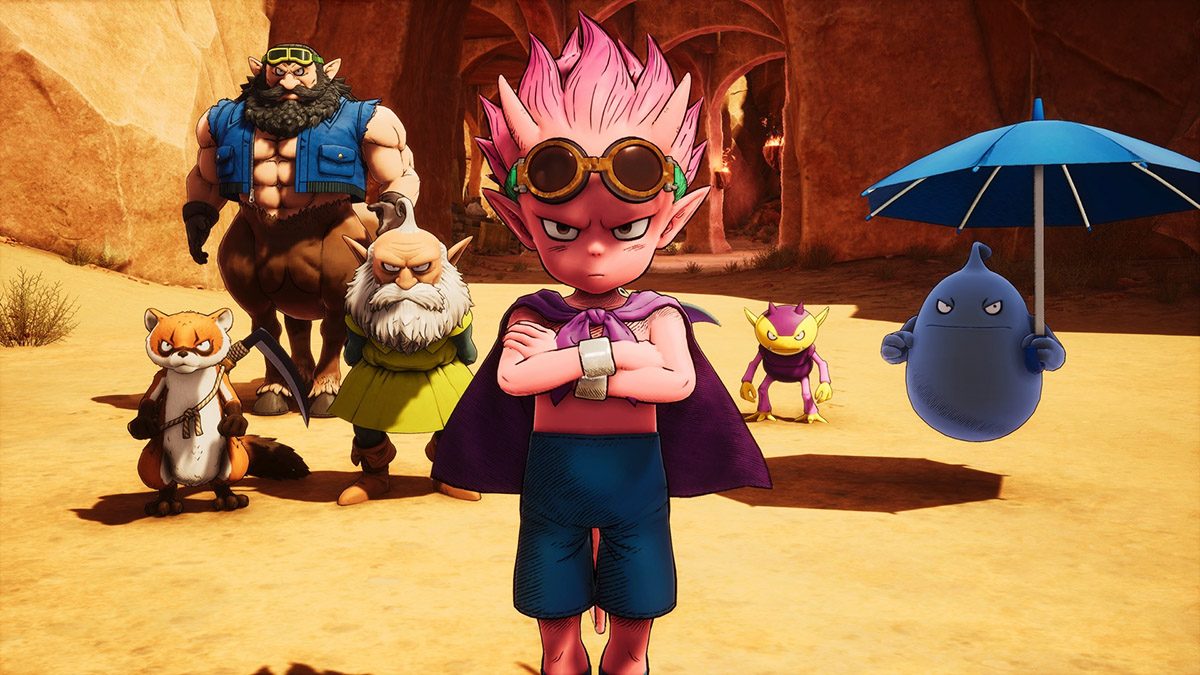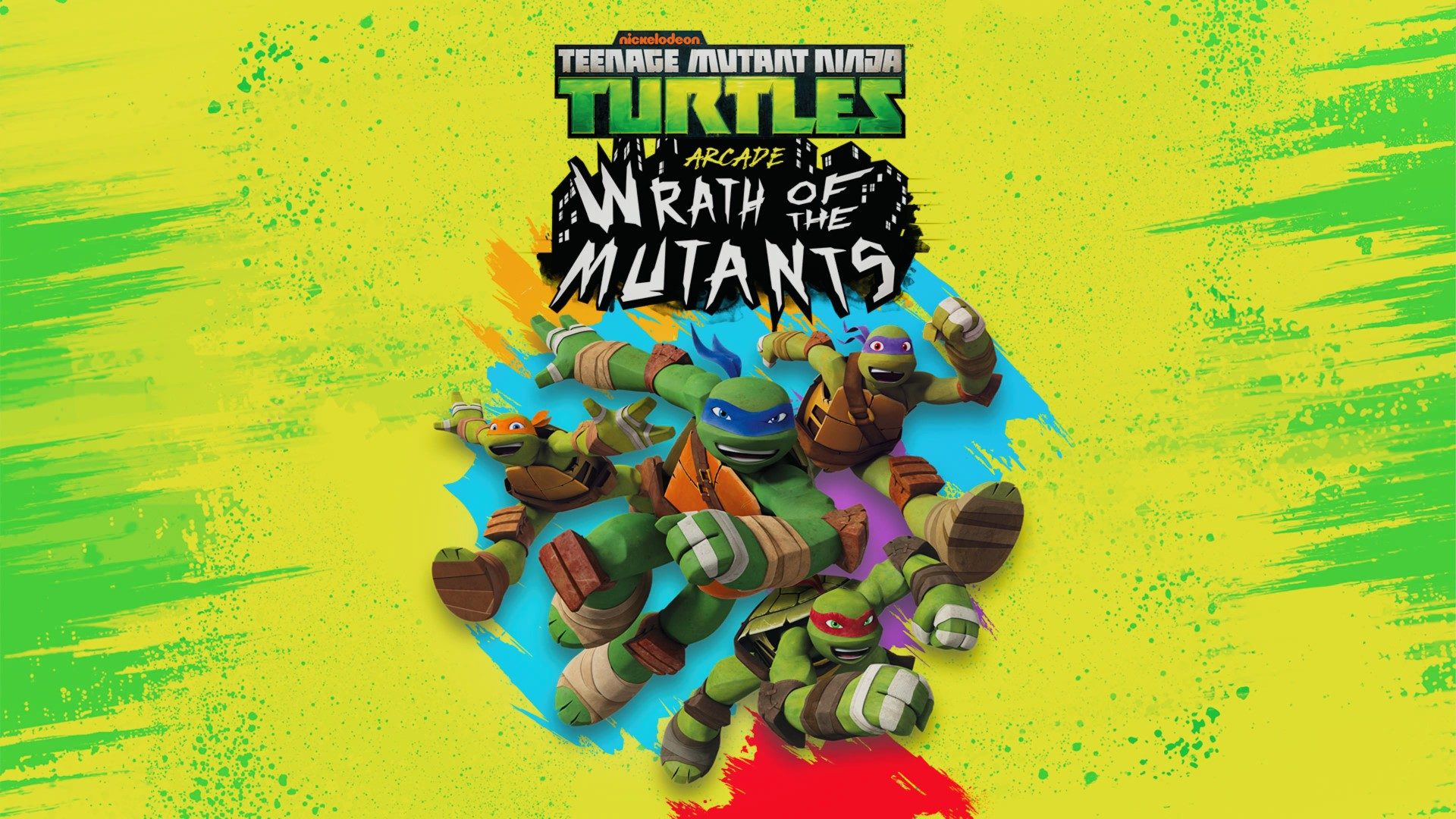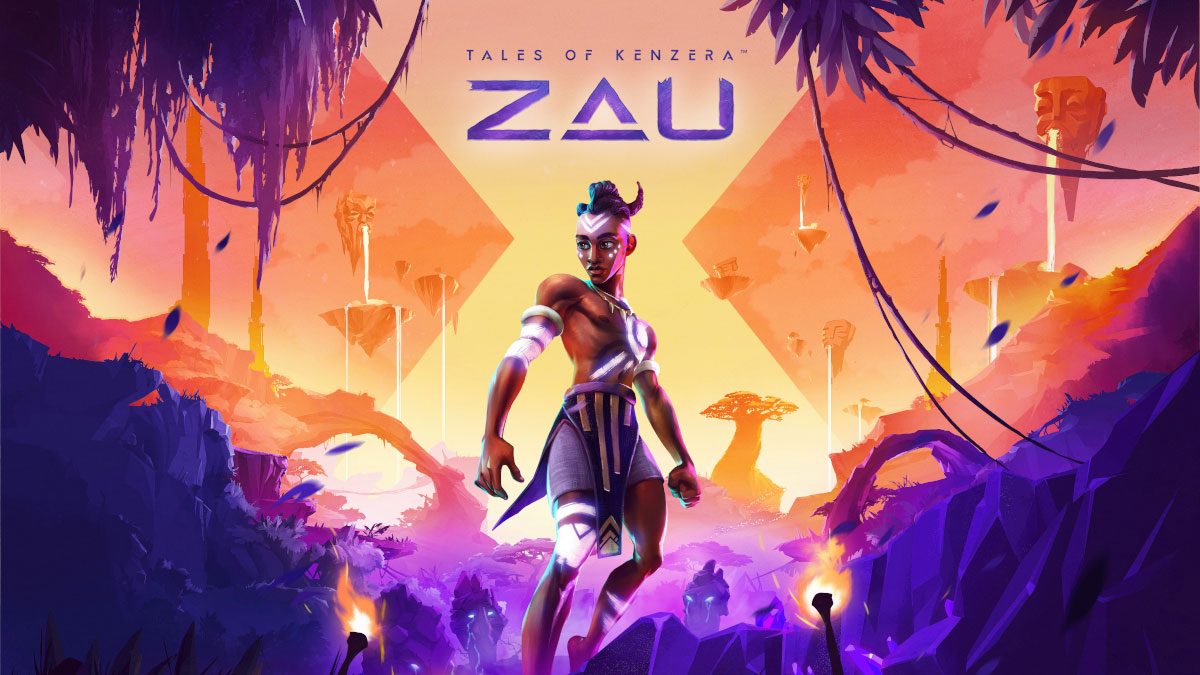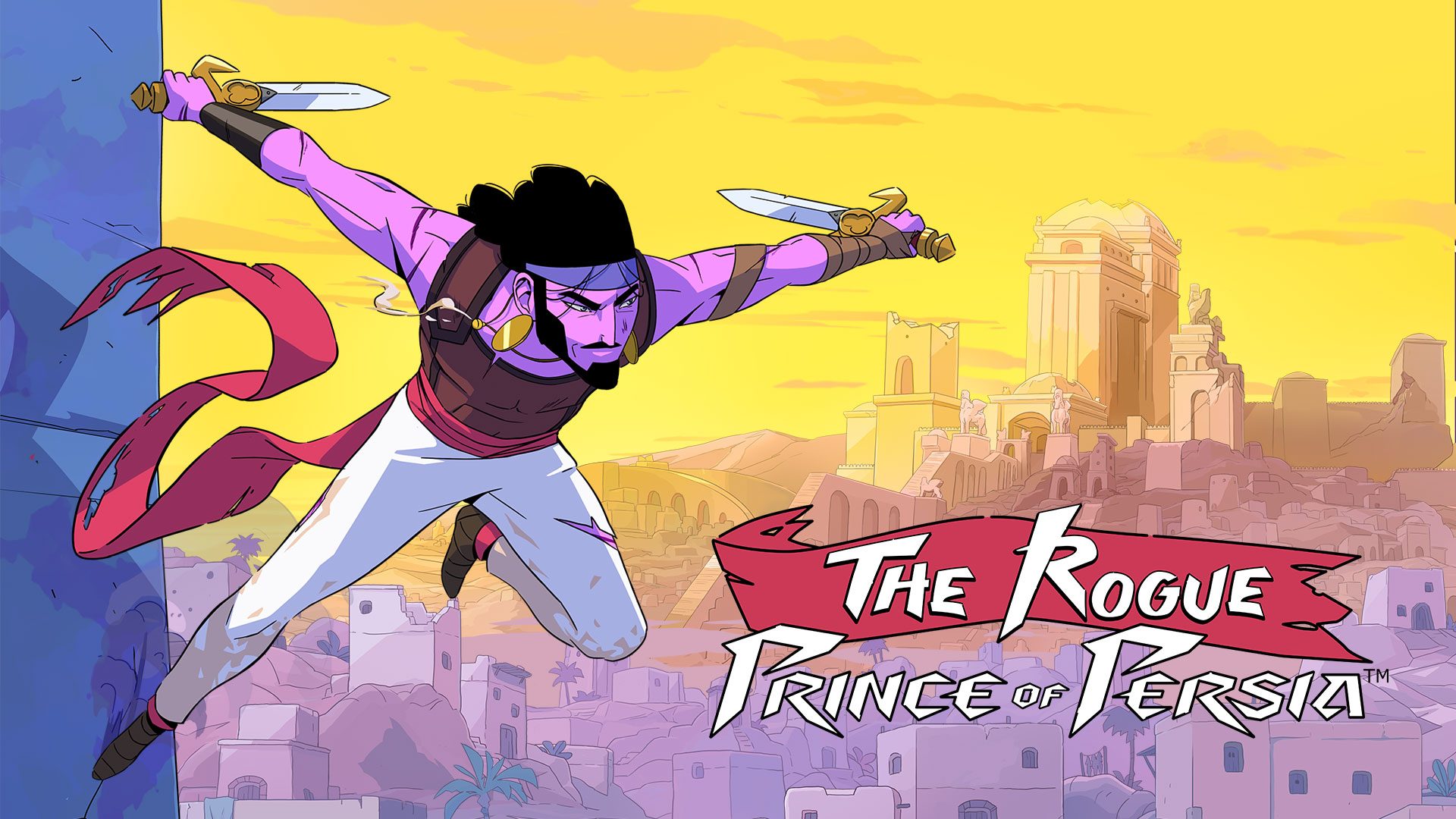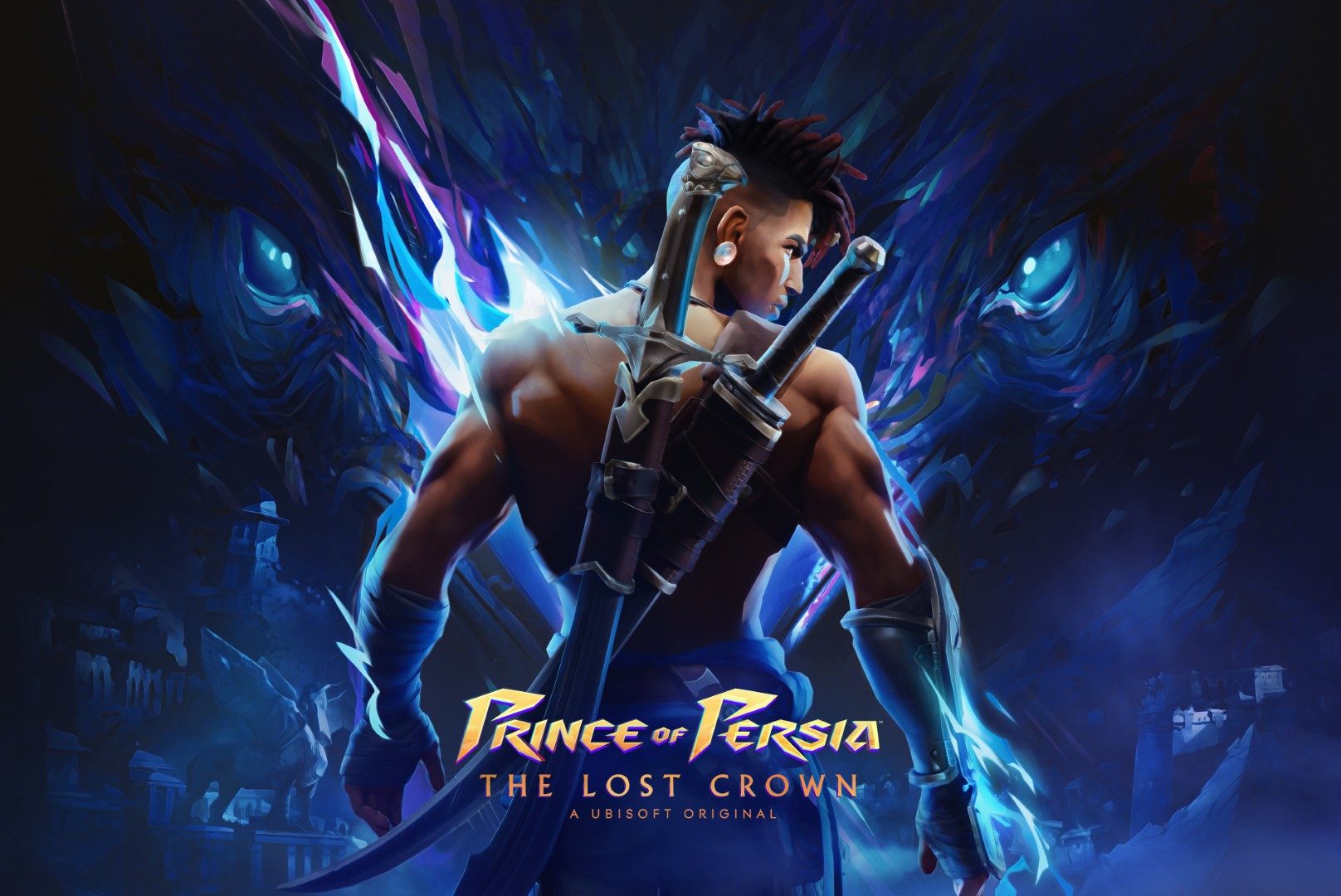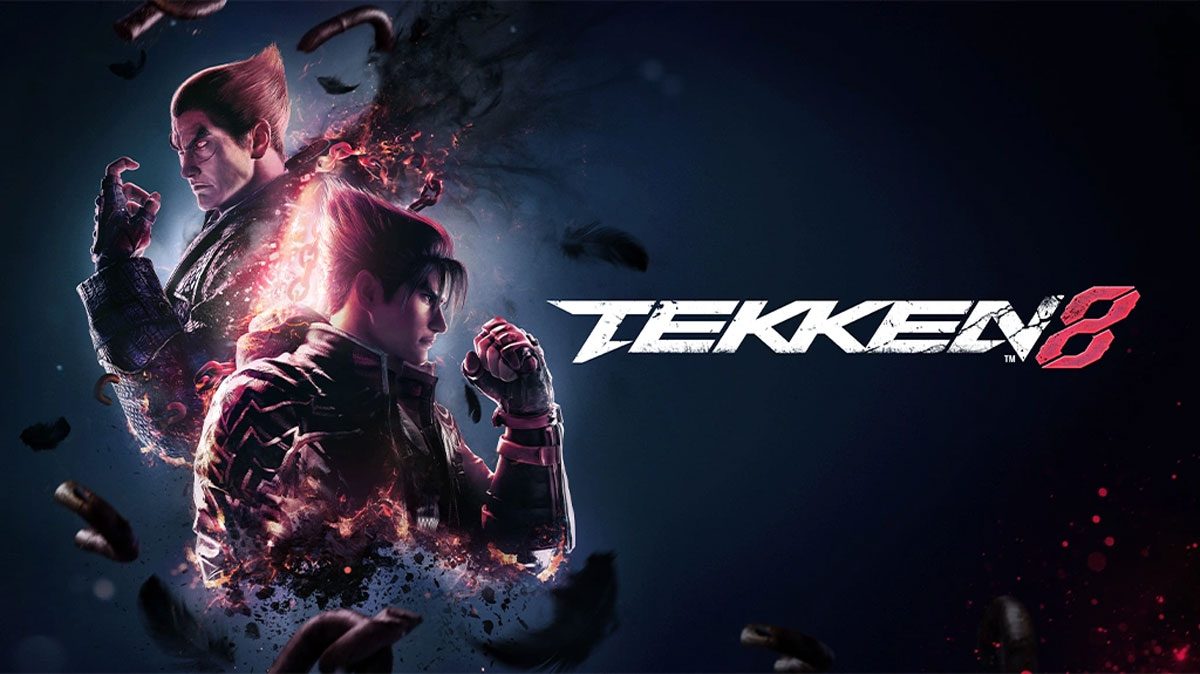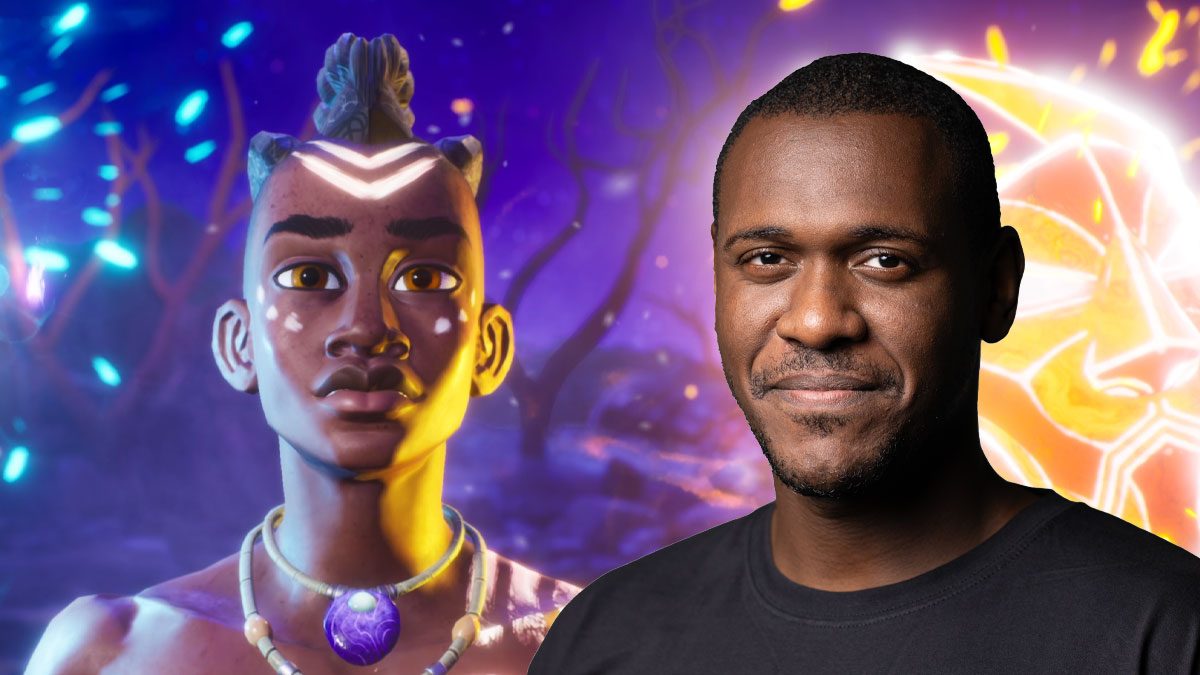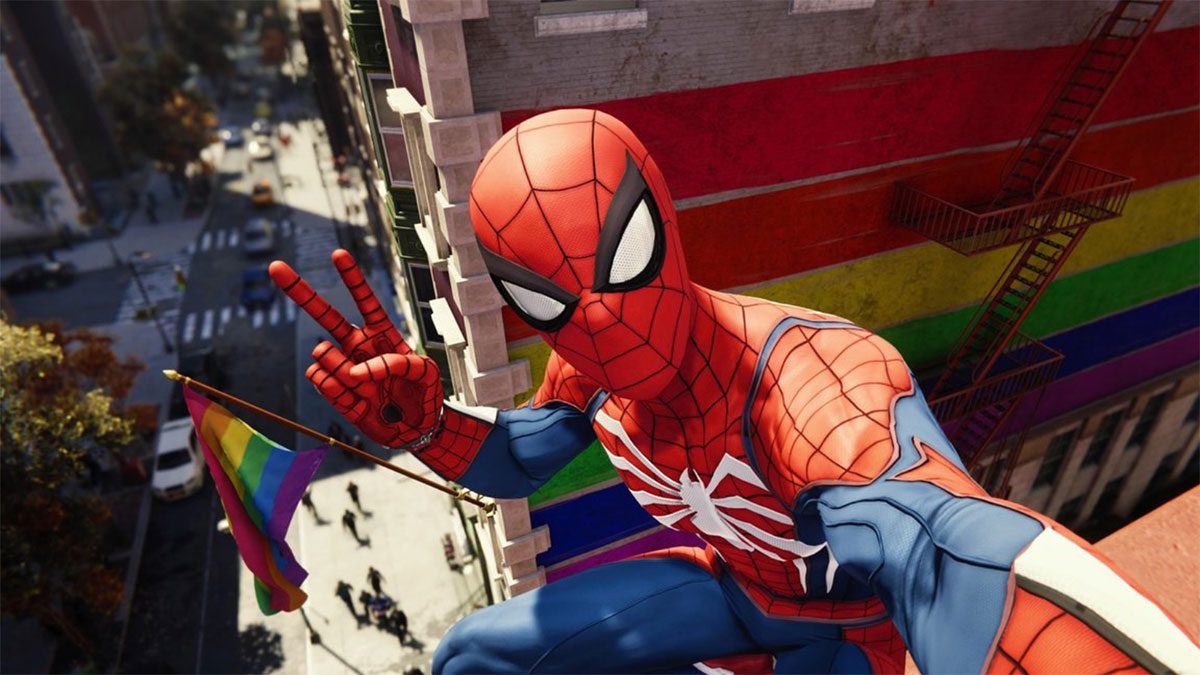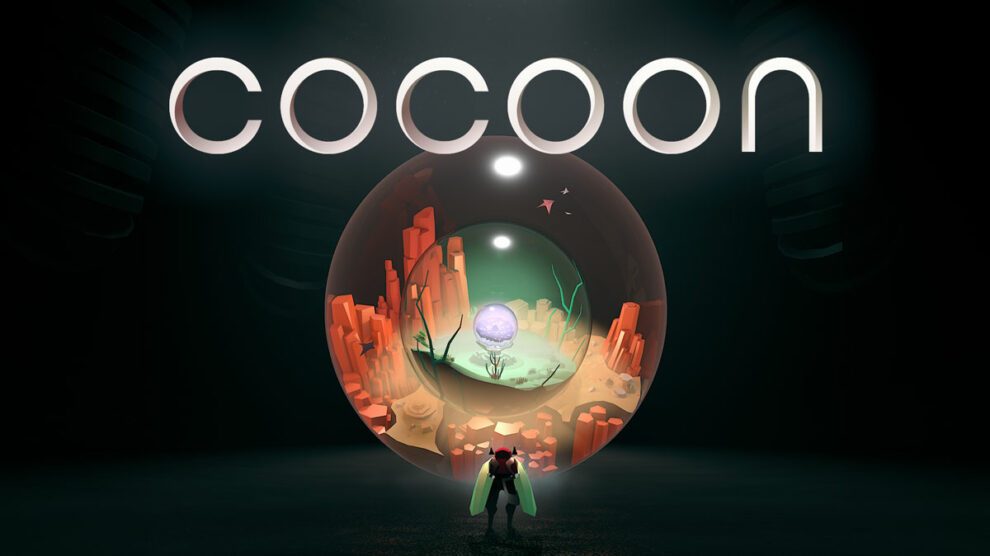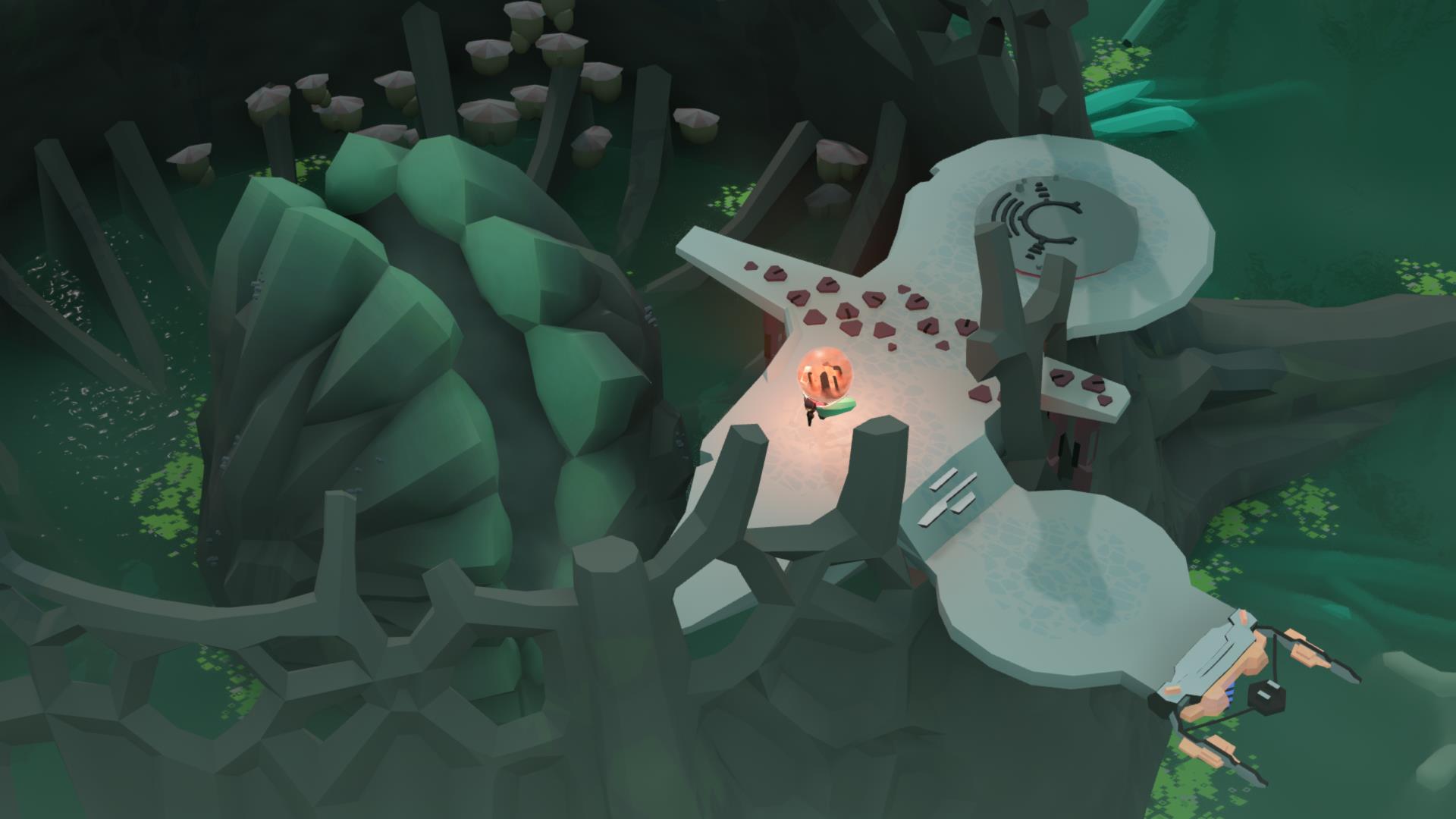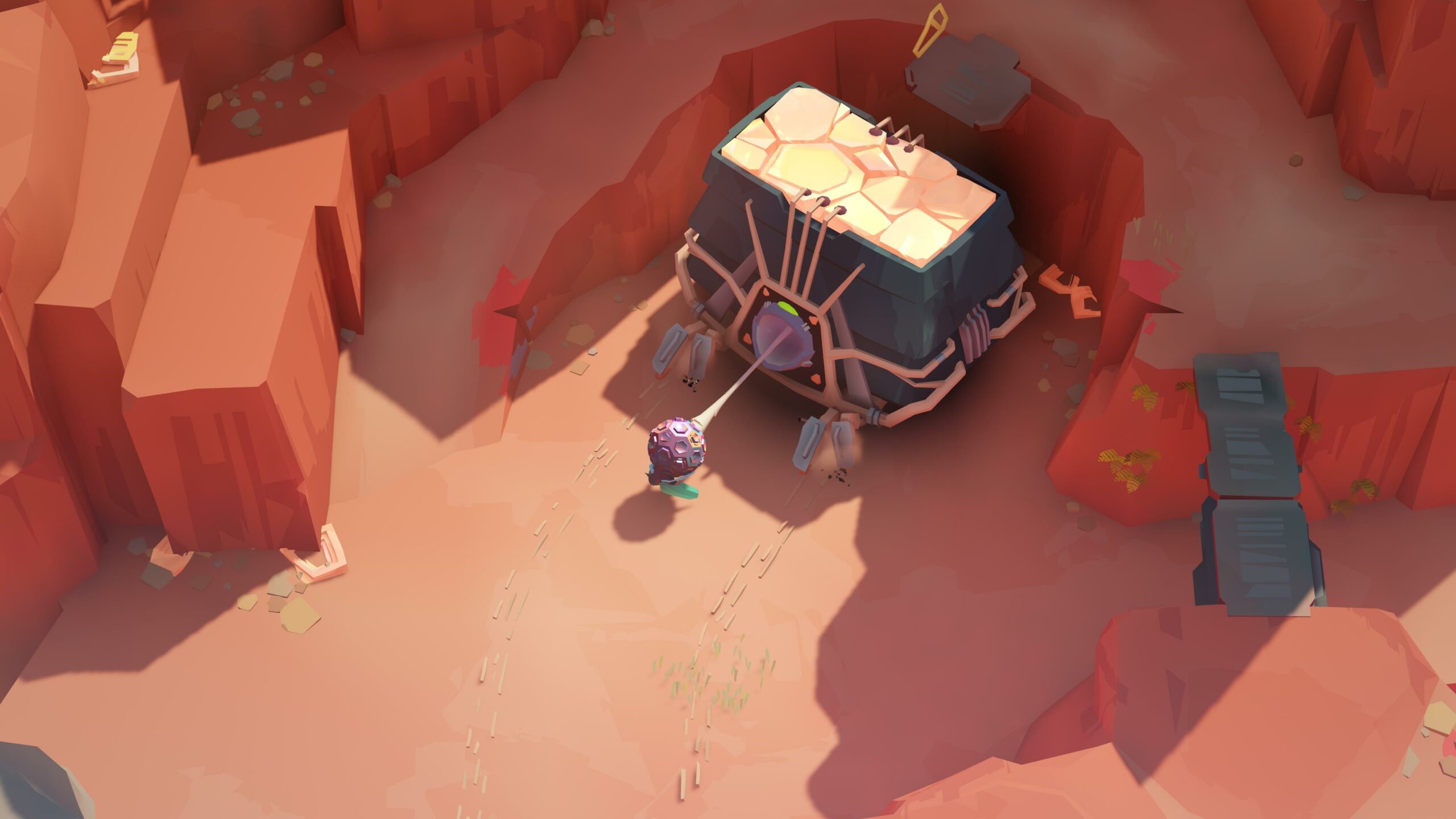A Bug’s Strife.
Cocoon is a slow and curious burn. In fact it’s a difficult game to even write about because so much of its magic is in seeing and feeling it out for yourself.
The game’s director Jeppe Carlsen was formerly the lead gameplay designer on Limbo and Inside, and the player-paced sense of discovery that was such a signature of those games carries forth here.
Cocoon begins with… well, a cocoon. A giant cocoon hanging against a cliff in what appears to be a fairly desolate desert-scape. The rock above is struck by a beam of light from the sky igniting hidden runes in the rock. The cocoon shimmers and shakes briefly before cracking open and birthing a small winged bug-man from its biomechanical innards. With no explanation of where to go, what to do, or even what buttons to press, the player is now in control of the tiny insect fellow.
I confess that I am the exact kind of person to whom this complete lack of direction tends to highly frustrate, but not once during my half-hour appointment did I feel anything less than a persistently motivating curiosity which drove me to explore more. Cocoon paces its discoveries and designs its progression puzzles so well that I found a constant sense of renewed satisfaction with each step through its weird world that I took.
The lack of control tutorial didn’t bother me either, although I acknowledge that this is absolutely taking my familiarity with video games in general for granted. Interactions with the environment have such an intuitive sense of discovery to them that figuring out ‘oh I can hold this button to drag this thing’ for example, felt delightful thanks to excellent visual and audio feedback.
So what does Cocoon actually have you doing in a gameplay sense? Well I walked the little bug-fellow around. I made him push things, pull things, carry orbs over to pedestals, drop orbs down pipes and ramps, slam orbs into a threatening creature. There is much orb-centric play going on here.
You could call it a puzzle-based exploration game I suppose, but somehow that feels a bit reductive. There is a story being presented here, though not through text or dialogue. Neither the natural desertscape nor the technological structures weaved through it quite feel like they belong together, and though my little bug-guy didn’t feel wholly out of place amongst any of it, these spaces did all feel a little bit hostile and unwelcoming at all times as I guided him through them.
There’s no conventional kind of combat to be found here, though I did eventually navigate my way to a kind of a boss fight that required the use of objects in the environment – more orbs, in fact – to defeat. It was a well enough designed encounter, operating on a very traditional ‘hit it three times to kill it’ model, but it did feel a little jarring to suddenly have the game put me in a position where I could fail through not being skilled enough.
In the sea of maximalist works we saw over the past week between the various shows and showcases, Cocoon stands boldly as something altogether minimalist and specific. I have no doubt that I am doing a terrible job of explaining just what it is here, because so much of its magic comes from simply playing it. I hope that the fact that it’s been announced for Xbox Game Pass along with just about every platform imaginable will encourage people who wouldn’t otherwise give it a look to do so, because it’s something really special and unique indeed.
I’m extremely eager to experience more of it.
Cocoon is expected from 29 September on Windows PC via Steam, Xbox One, Xbox Series S, Xbox Series X, PS4, PS5 and Switch. It’ll also be available via Xbox Game Pass.
This article may contain affiliate links, meaning we could earn a small commission if you click-through and make a purchase. Stevivor is an independent outlet and our journalism is in no way influenced by any advertiser or commercial initiative.


